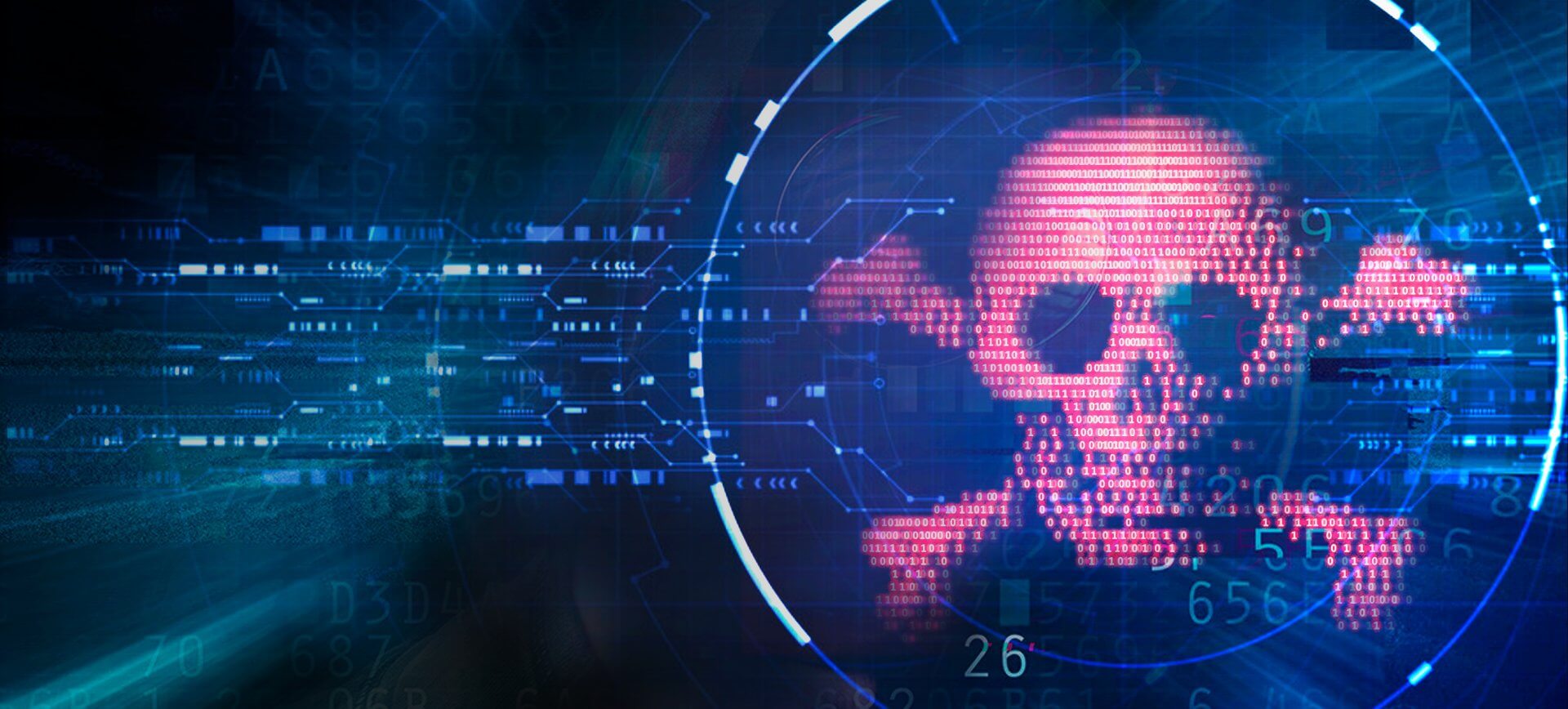Overview
Remote and on-site malware services
We offer proactive support to enable your organisation to respond effectively to the near-daily evolution of malware. Our experts translate complex analytical findings into targeted deliverables for executive, legal, and technical stakeholders to provide insight into the nature and scope of any malware-related event.
Our malware analysis and reverse engineering services include:
Features
Malware analysis and reverse engineering service features
Get the expert help and technical insight you need to understand where your organisation is vulnerable to malware and to implement a plan to safeguard those areas.
Malware triage and analysis
Reverse engineering and expert code review
Investigative value
Proven technical insight
Get immediate assistance
Get in touchFAQ
Malware analysis FAQs
- What is malware analysis?
-
From spyware to viruses to ransomware, malware varies widely. Malware analysis enables organisations to analyse and understand how a particular malware functions and its potential impact. This helps them to better understand where their data may be at risk and to mitigate and address those vulnerabilities.
- What does the malware analysis process involve?
-
At Kroll, our malware analysis process identifies notable attributes such as malware family and persistence mechanisms and applies industry-best techniques such as automated sandbox detonation and observation, low-level reverse engineering and decompilation. We combine analysis of complex files and malicious code functionalities and the latest threat intelligence to assess where businesses may have data at risk, then translate these into risk mitigation plans.
- Why is reverse-engineering malware an important aspect of cyber security?
-
Malware reverse engineering can be highly valuable in understanding the specific steps an attacker has taken to breach a system. It enables organisations to identify vulnerabilities and actions to defend against further similar threats in the future.
- Why are malware analysis and reverse engineering services critical to an effective cyber security strategy?
-
As well as helping organisations to protect themselves against further security threats, malware analysis and reverse engineering services enable companies to take effective action in intellectual property and trade secrets disputes. They also provide critical insight for declarations and supporting technical documentation for legal and technical audiences.
- What are the different types of malware analysis?
-
Types of malware analysis include static, dynamic or a combination of the two. In static analysis, the malware files are assessed for signs of malicious intent. This type of analysis can be helpful for identifying aspects such as packed files, libraries or malicious infrastructure. Dynamic analysis involves the execution of suspected malicious code in a safe environment called a sandbox. This enables the observation of malware in action without risk and provides greater visibility of the nature of a threat. Hybrid analysis combines static and dynamic analysis.
- What is the next stage after malware analysis and reverse engineering?
-
It is essential to take strategic action in response to the insight gained through malware analysis and reverse engineering. At Kroll, we deliver clear, actionable findings to enable organisations to take informed steps and respond quickly and effectively to the vulnerabilities identified.
Malware analysis support
Comprehensive insight into at-risk data with actionable risk mitigation plans
Whether it is for a standalone analysis or part of a broader investigation, our team rapidly undertakes assessments to understand the potential malware risk to your data, systems and networks. Our unique and extensive frontline experience means we can help you make informed decisions at every stage and develop a plan tailored to your specific needs and priorities. We can deploy remote solutions quickly and/or be onsite within hours.
Our malware and reverse engineering services help to identify and mitigate:
About us
Why choose Kroll?
- Flexible, on-demand services
- Recognised by CREST and PCI council
- A team of over 450 DFIR experts globally
- 3,200 security incidents responded to every year
Get in touch
Complete the form for a prompt response from our team.

Resources








